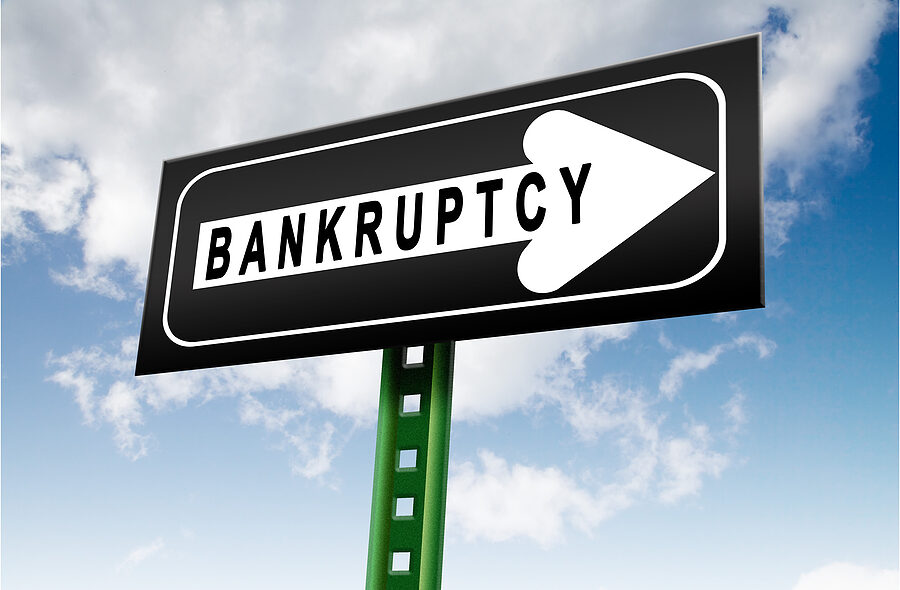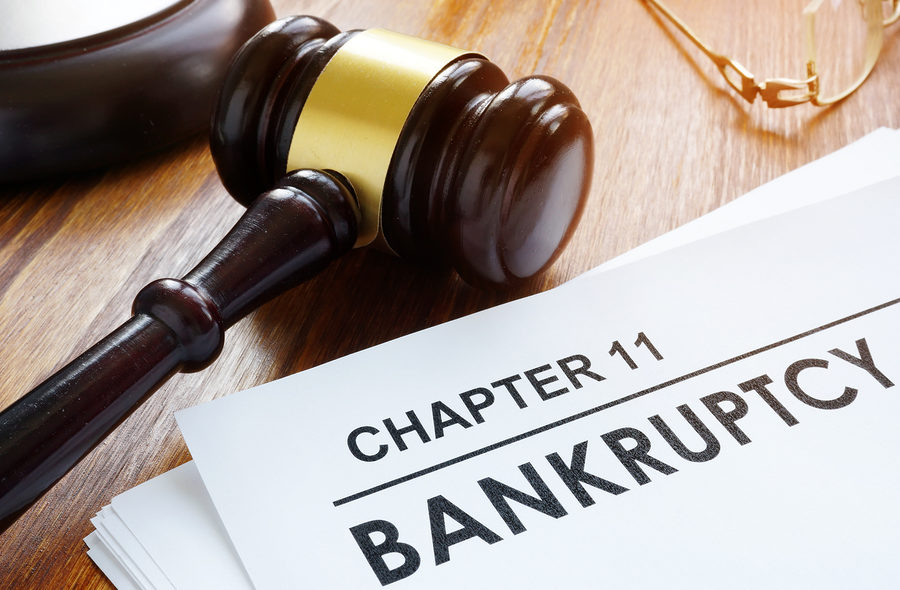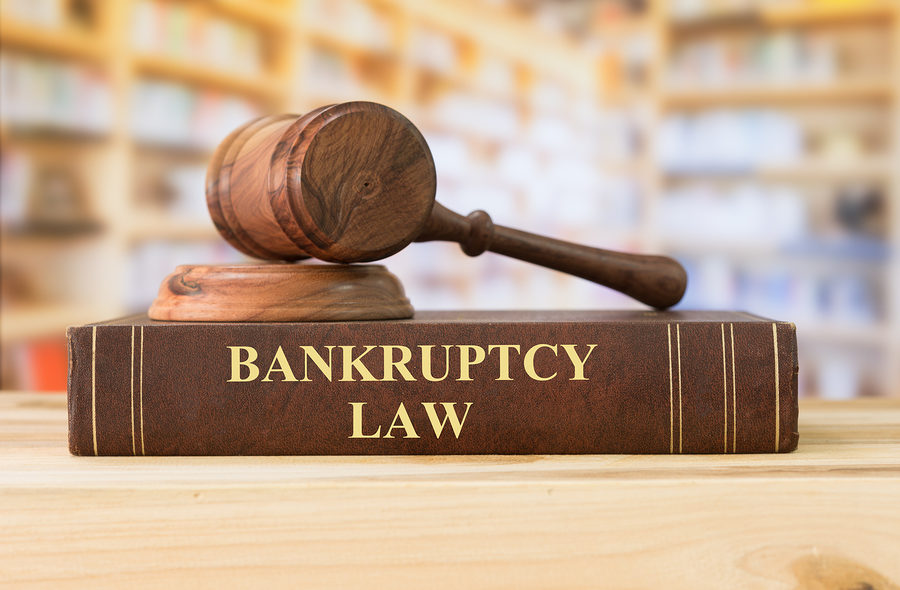The COVID-19 pandemic hit the nation’s economy hard, forcing many businessowners to make some tough decisions regarding their business’s future. Government stimulus efforts, as well as lower interest rates, kept many businesses afloat, which brought Chapter 11 bankruptcy filings to an all-time low.
At the same time, Subchapter V of the 2019 Small Business Reorganization Act (SRBA), opened the doors and made filing for Chapter 11 bankruptcy simpler and more streamlined for attorneys and business owners. The CARES Act temporarily also tripled the debt limit for eligible small businesses to file for bankruptcy. However, now that those measures are coming to an end, Congress has been asked to pass legislation to extend the measures, keeping the elevated limit of $7.5 million. These measures failed last week, and the limit expires as of Sunday.



